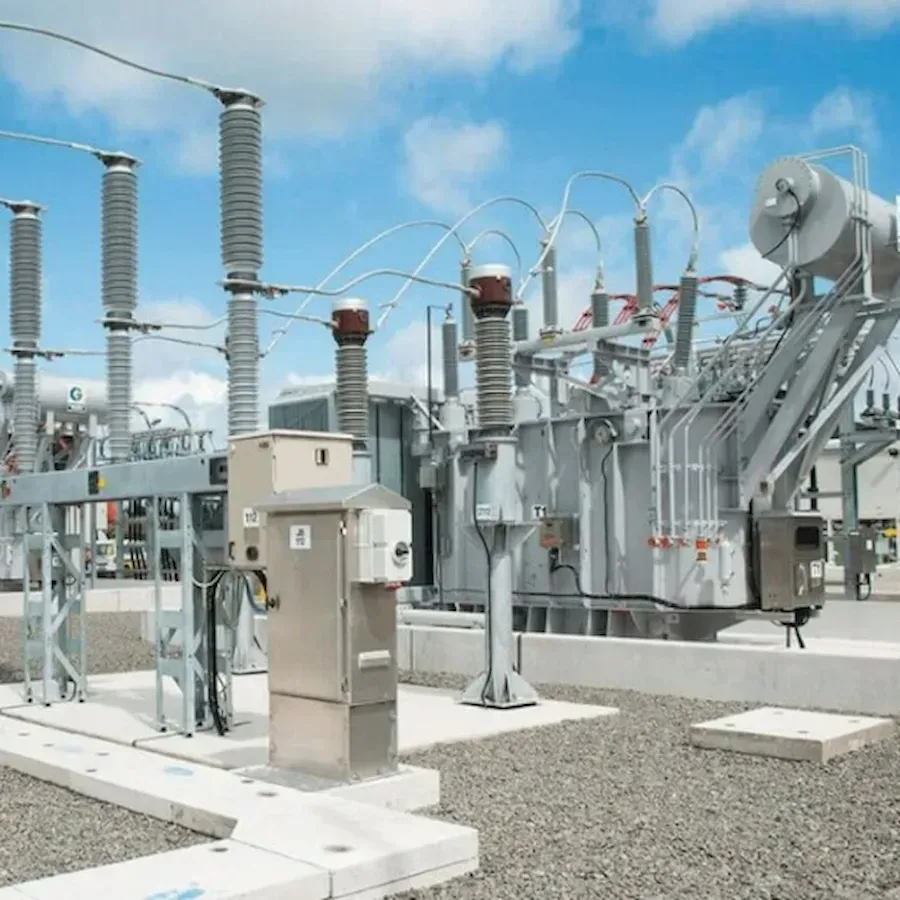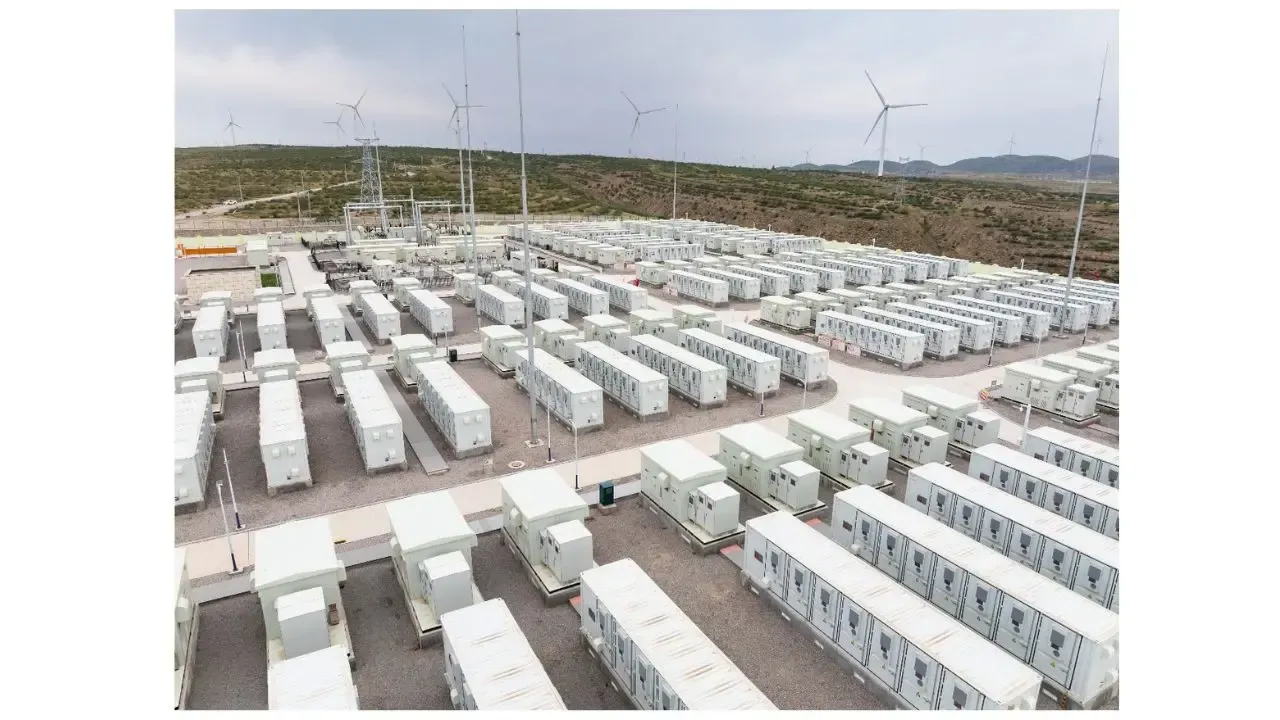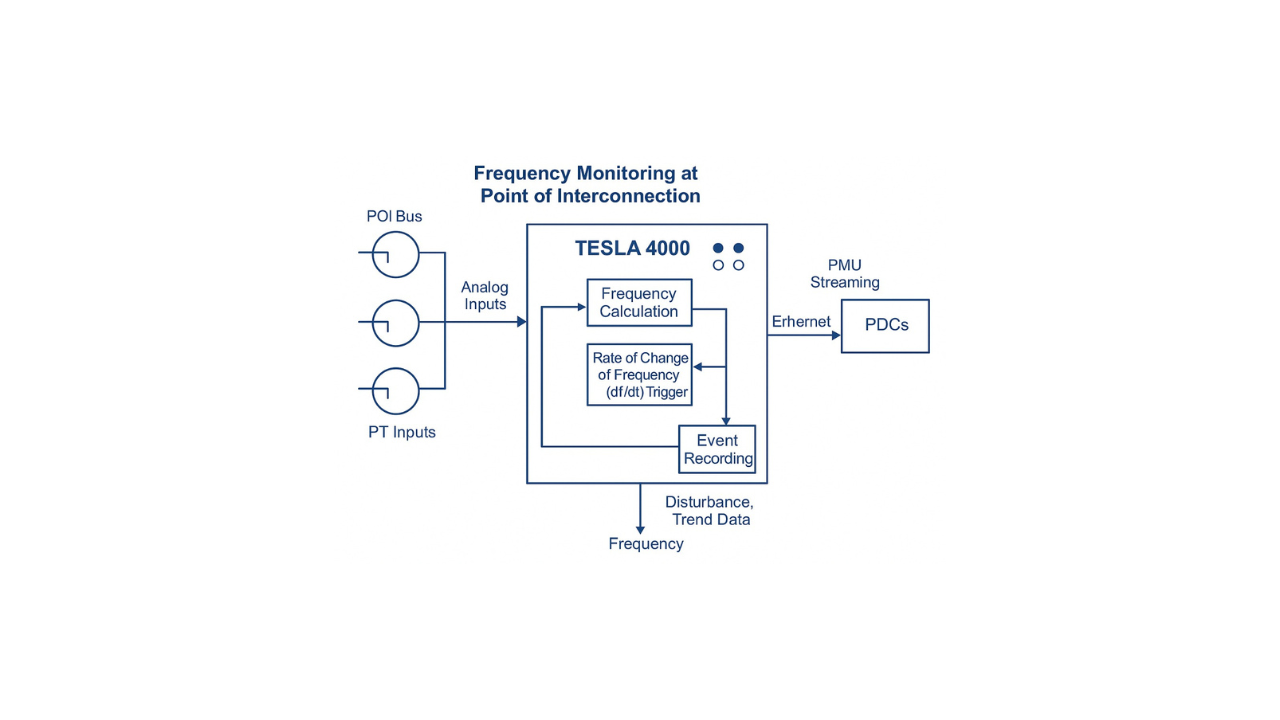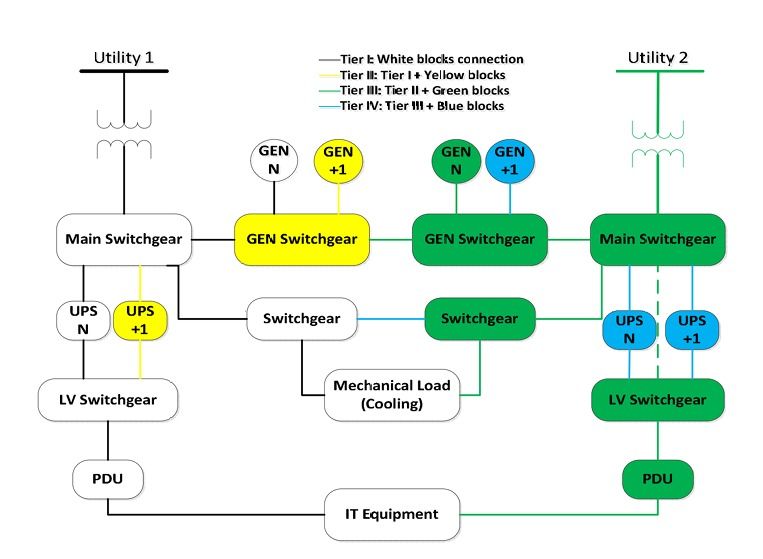A Coordinated Electric System Interconnection Review—the utility’s deep-dive on technical and cost impacts of your project.
System Impact Study for Confidential 230 kV Transmission Interconnection
May 21, 2025 | Blog
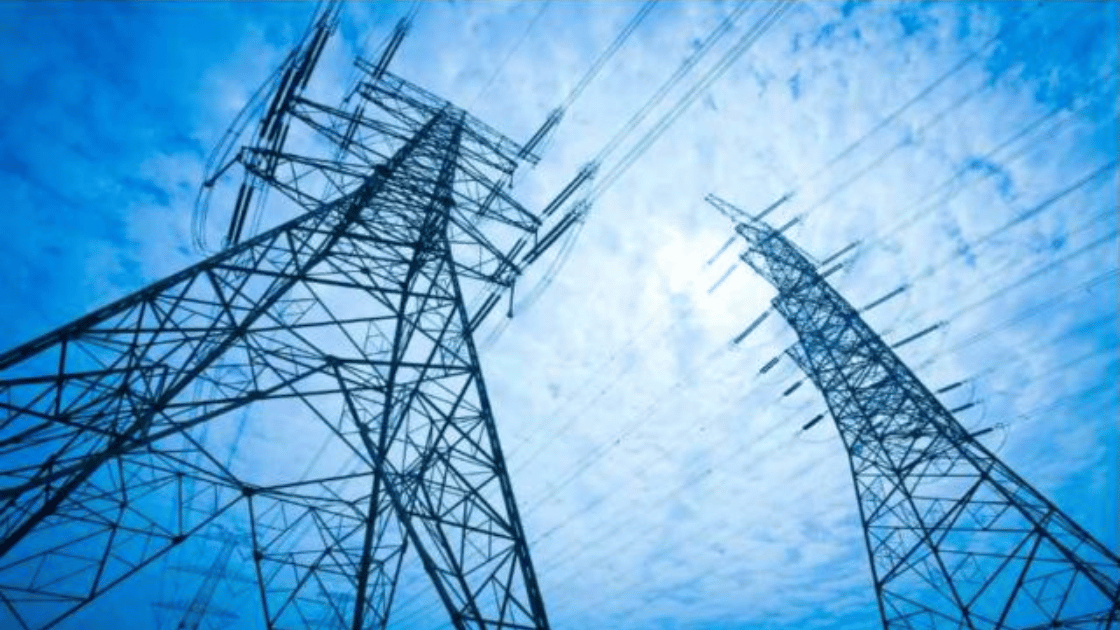
Introduction
In the evolving landscape of renewable energy integration and grid modernization, a System Impact Study (SIS) is essential for ensuring the reliable interconnection of new generation facilities. This blog presents a detailed SIS for a proposed 230 kV transmission interconnection project. For confidentiality reasons, project-specific names and locations have been anonymized.
Purpose of the Study
The core purpose of this 230 kV system impact study was to evaluate the implications of interconnecting a 500 MW power facility to the regional transmission system. The assessment ensures full compliance with applicable NERC Reliability Standards, confirms system adequacy, and outlines required grid infrastructure upgrades for secure operation.
Scope and Methodology
The transmission interconnection study included the following analyses:
- Load flow analysis for steady-state conditions
- Short circuit analysis for equipment stress validation
- Transient stability study to evaluate dynamic behavior
- Remedial Action Schemes (RAS) review
- Fault duty analysis to assess equipment ratings
Industry-standard tools like PSSE and Aspen were used for system modeling. Simulations considered peak load conditions, multiple contingency events, and system-wide impacts of the proposed interconnection.
Key Technical Findings
1. Steady-State Power Flow
- No thermal overloads observed under normal or N-1 contingency scenarios
- Voltage levels across the transmission network remained within limits
- Power flow analysis confirmed operations within design capacity
2. Short Circuit Analysis
- Breaker duty ratings verified at all impacted substations
- Short-circuit currents were within safe operating margins
3. Transient Stability Assessment
- Generating units remained synchronized under both N-1 and N-2 events
- No system instability, out-of-step conditions, or islanding occurred
4. Reactive Power and Voltage Support
- The proposed facility meets all reactive power capability and voltage regulation requirements
- No negative effects on regional voltage stability
5. Protection Coordination
- Relay coordination adjustments were recommended for affected substations
- Enhanced breaker failure protection and remote tripping mechanisms were proposed
Required Upgrades
Only minimal system upgrades are required to accommodate the interconnection, including:
- Minor refinements to protection schemes
- Potential installation of line reactors or capacitor banks for voltage support
- SCADA and grid communication system enhancements
No major transmission infrastructure (such as new lines or transformer replacements) is necessary, streamlining the interconnection process.
Compliance and Reliability Standards
The SIS was conducted in adherence with:
- NERC TPL-001-5 for transmission planning assessments
- PRC-023 and PRC-024 for protection system settings
- Applicable regional planning guidelines and grid reliability criteria
Conclusion
The System Impact Study for the 230 kV transmission interconnection confirms that the proposed project can be safely and reliably integrated into the regional power grid. By following best practices and compliance protocols, the study supports a stable transition to a more resilient and renewable-powered grid. With minimal upgrades required, the interconnection reflects both technical feasibility and regulatory alignment.
Frequently Asked Questions
What is the goal of a System Impact Study (SIS)?
To determine whether a proposed interconnection can occur without negatively affecting the reliability of the bulk electric system.
What software tools were used in the study?
PSSE for dynamic and steady-state simulations; Aspen for protection coordination and fault analysis.
Did the study assess short-circuit impacts?
Yes, short-circuit current levels were analyzed and found within acceptable equipment ratings.
What was the interconnection voltage level?
230 kV, typical for large-scale energy injection projects.
Was transient stability maintained during faults?
Yes, all machines remained synchronized through various fault scenarios.
Did the project cause voltage violations?
No, voltage levels remained within planning criteria across the studied network.
Were any protection upgrades recommended?
Yes, refinements to relay settings and breaker failure logic were advised.
Did the study involve any Remedial Action Schemes?
The need for RAS was evaluated, but no new schemes were mandated.
How much generation capacity was modeled?
Up to 500 MW from the proposed facility.
Was compliance with NERC standards achieved?
Yes, all applicable NERC standards and regional reliability criteria were met.
Were additional lines or transformers needed?
No major network reinforcements were required.
Did the interconnection cause overloads under contingencies?
No, all elements operated within thermal limits for N-1 and N-2 events.
What is the importance of relay coordination in SIS?
To ensure timely fault isolation and prevent cascading outages.
Were voltage support devices required?
Potential installation of line reactors and capacitors was considered but not mandatory.
What were the load conditions modeled?
Summer peak load scenarios were used to simulate worst-case impacts.
Was dynamic response of the facility evaluated?
Yes, reactive power and frequency support capabilitis were verified.
How were SCADA systems addressed in the study?
Upgrades in data acquisition and remote monitoring were recommended for control coordination.
What’s the next step after an SIS?
A Facilities Study, which provides detailed engineering and cost estimation for required upgrades.
What if the SIS shows major impacts?
The interconnection may be delayed or redesigned to mitigate those impacts.
How long does a System Impact Study usually take?
Typically between 6 to 12 months depending on scope, complexity, and queue position.

About the Author:
Sonny Patel P.E. EC
IEEE Senior Member
In 1995, Sandip (Sonny) R. Patel earned his Electrical Engineering degree from the University of Illinois, specializing in Electrical Engineering . But degrees don’t build legacies—action does. For three decades, he’s been shaping the future of engineering, not just as a licensed Professional Engineer across multiple states (Florida, California, New York, West Virginia, and Minnesota), but as a doer. A builder. A leader. Not just an engineer. A Licensed Electrical Contractor in Florida with an Unlimited EC license. Not just an executive. The founder and CEO of KEENTEL LLC—where expertise meets execution. Three decades. Multiple states. Endless impact.
Services

Let's Discuss Your Project
Let's book a call to discuss your electrical engineering project that we can help you with.

About the Author:
Sonny Patel P.E. EC
IEEE Senior Member
In 1995, Sandip (Sonny) R. Patel earned his Electrical Engineering degree from the University of Illinois, specializing in Electrical Engineering . But degrees don’t build legacies—action does. For three decades, he’s been shaping the future of engineering, not just as a licensed Professional Engineer across multiple states (Florida, California, New York, West Virginia, and Minnesota), but as a doer. A builder. A leader. Not just an engineer. A Licensed Electrical Contractor in Florida with an Unlimited EC license. Not just an executive. The founder and CEO of KEENTEL LLC—where expertise meets execution. Three decades. Multiple states. Endless impact.
Leave a Comment
We will get back to you as soon as possible.
Please try again later.
Related Posts


